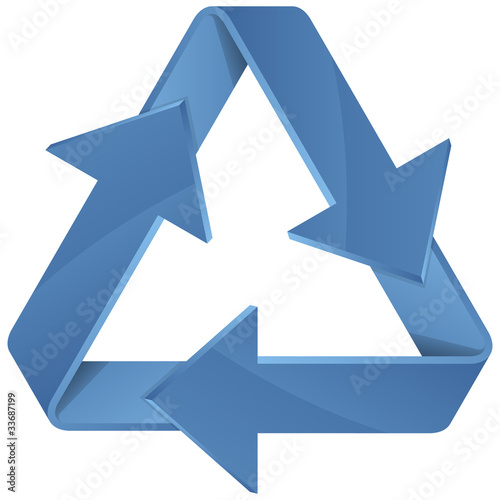From the latest issue of the local USTA chapter's newsletter:
Non-hitting player:
You are usually on the service line or up at the net. Your movement should be constant when the ball is in play. When you are at the net and the ball goes back to your partner on the baseline, move 3 steps back. If your partner hits back crosscourt to the player on the baseline, move forward by 3 steps.
If your partner hits to the net player, stay and defend. If your partner lobs, you retreat from the service line towards the baseline in case the net player hits a strong overhead smash. If you are the baseliner and the ball is hit towards your partner at the net, start the move forward to the net.
If you are constantly moving during a point, the movement is more distracting to your opponent.
Non-hitting player:
You are usually on the service line or up at the net. Your movement should be constant when the ball is in play. When you are at the net and the ball goes back to your partner on the baseline, move 3 steps back. If your partner hits back crosscourt to the player on the baseline, move forward by 3 steps.
If your partner hits to the net player, stay and defend. If your partner lobs, you retreat from the service line towards the baseline in case the net player hits a strong overhead smash. If you are the baseliner and the ball is hit towards your partner at the net, start the move forward to the net.
If you are constantly moving during a point, the movement is more distracting to your opponent.

